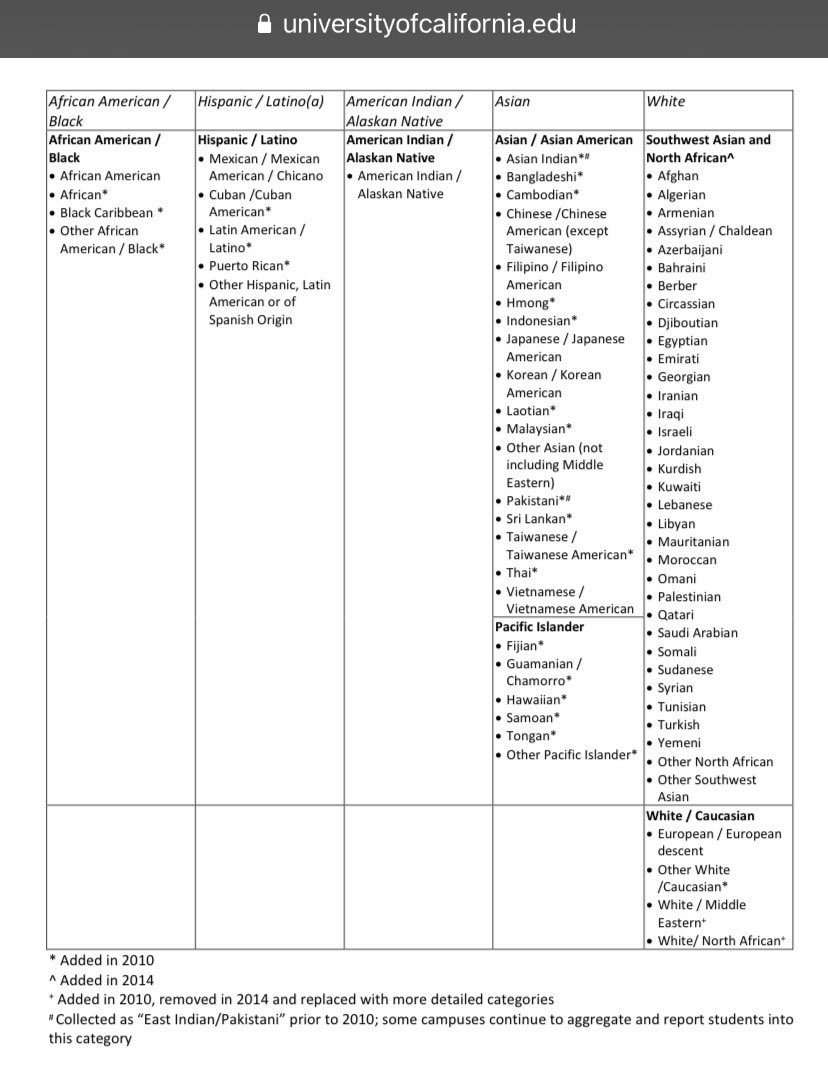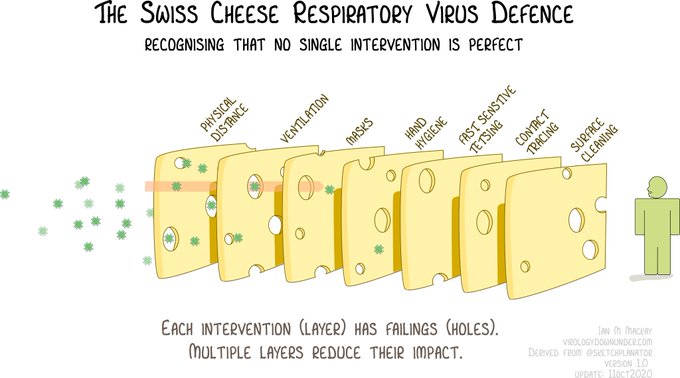
Recently, I’ve come to think we are quite LUCKY, in fact, with COVID-19 – because, although it’s quite transmissible, it could indeed have been much deadlier. There's no reason it couldn’t have been more... Medieval.
Imagine if COVID-19 had been deadlier. Let's talk about it. 1/
Imagine if COVID-19 had been deadlier. Let's talk about it. 1/
Ten months into the pandemic, we know that COVID-19 has an R0 of about 2.5-3.0. That is quite infectious. That’s about twice as transmissible as the seasonal flu, but much less than smallpox or measles. jamanetwork.com/journals/jama/… 2/ 

We also know quite a bit about how deadly COVID-19 is. The infection fatality rate (IFR – fraction of infected people who die) is 0.5-0.8%; and the case fatality rate (CFR – fraction of people who come to medical attention who die) is about twice that. reader.elsevier.com/reader/sd/pii/… 3/ 
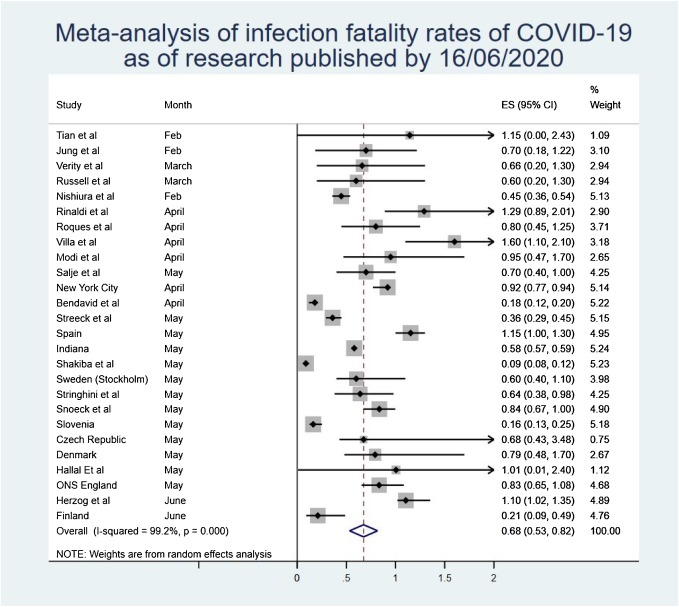
Of course, the lethality of SARS-CoV-2 depends heavily on the patient’s age (ourworldindata.org/mortality-risk…) and sex (it’s 50% more lethal in men) and other factors (such as socioeconomic status). 4/ 
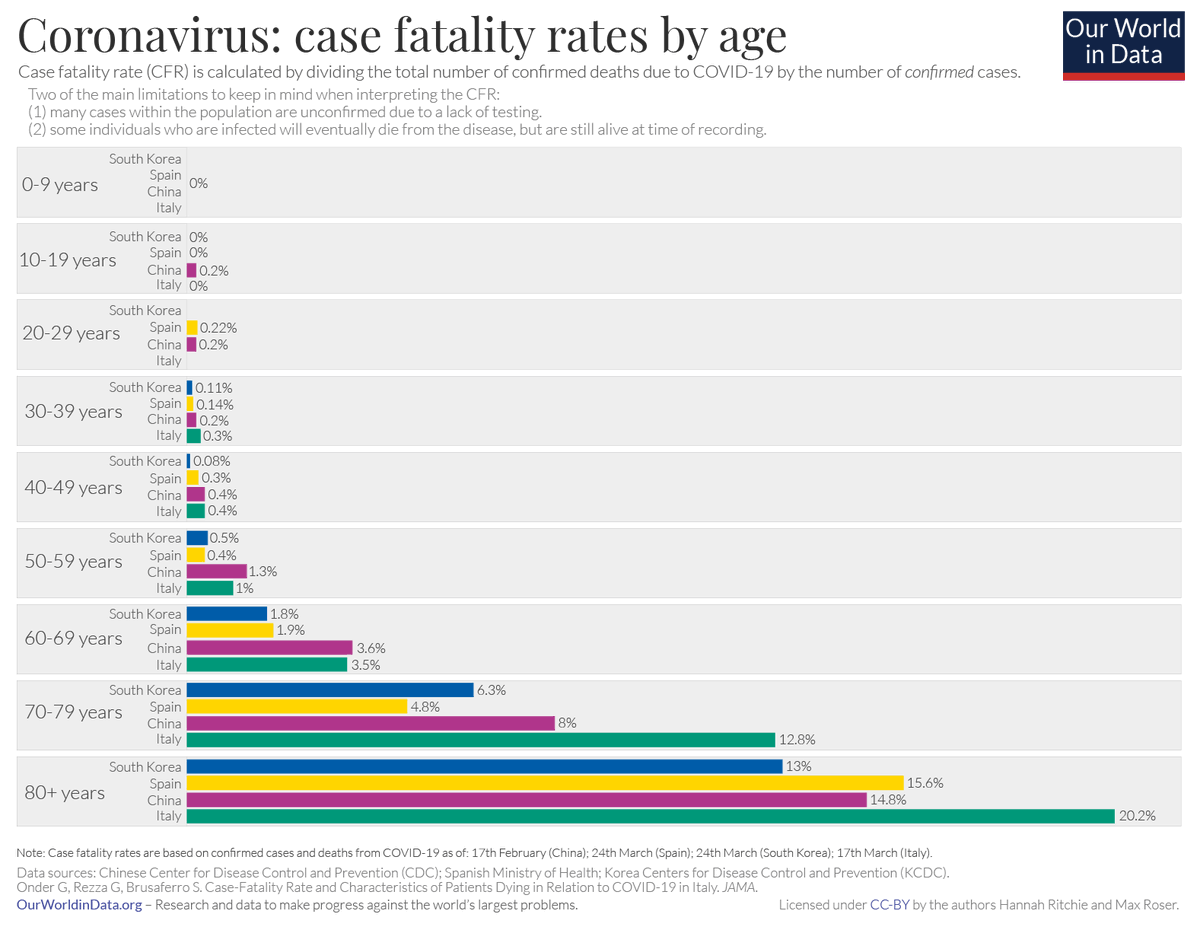
These quantities of R0 and IFR make COVID-19 almost as bad as the 1918 Flu pandemic, which was the worst respiratory pandemic in the past century. This combination of transmissibility and lethality (intrinsic to the virus) means it can kill many millions of people over time. 5/ 
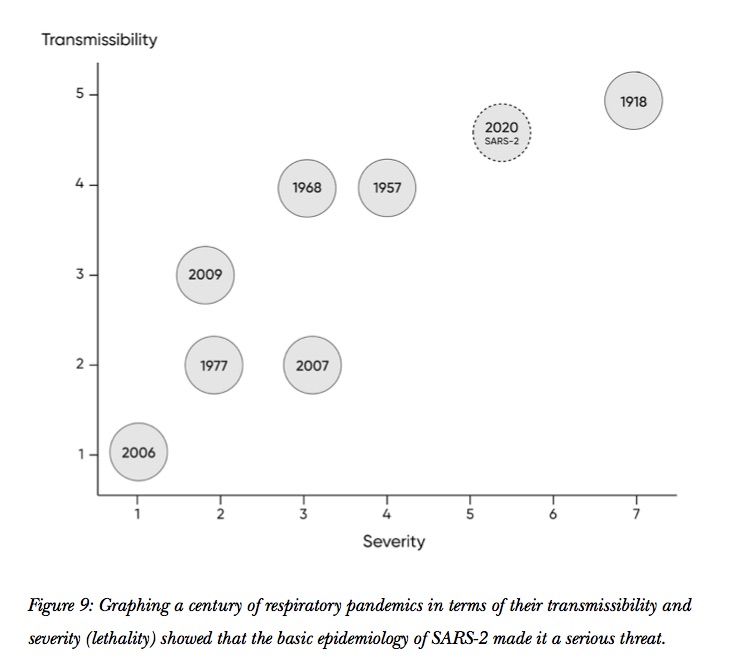
Many of the figures and ideas in this thread are taken from my book, that comes out in two days with @lbsparkbooks: APOLLO’S ARROW: THE PROFOUND AND ENDURING IMPACT OF CORONAVIRUS ON THE WAY WE LIVE. amazon.com/Apollos-Arrow-… #APOLLOSARROW 6/
As of October 25, 2020, COVID19 has 230,000 known deaths in the USA (worldometers.info/coronavirus/), but the actual total is ~25% higher using the ‘excess mortality method’ (invented by William Farr in the 19th C and discussed in Apollo’s Arrow); hence: ~300,000 dead in USA so far. 7/ 
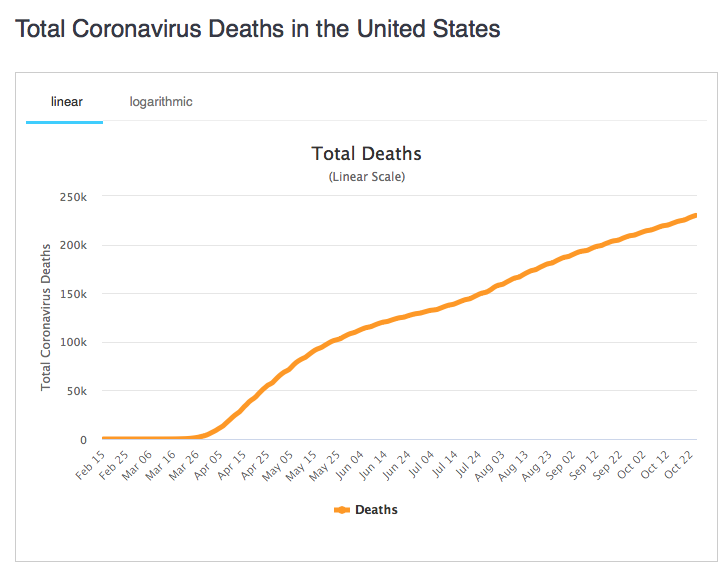
As of October 25, 2020, COVID19 has killed over 1.1 million people in the world so far (that we know of). worldometers.info/coronavirus/ 8/
The pandemic will rage for at least another year (and the SARS-CoV-2 virus will circulate in our species forever). Deaths in the USA will likely exceed 500,000 before the end of its course through American society (even with a vaccine). 9/
Other experts (tentatively) contemplate figures as high as 1,000,000 (nber.org/system/files/w…) or 625,000 (jamanetwork.com/journals/jama/…). I don’t think these high counts of deaths are inconceivable, alas, especially given our poor management of the pandemic. 10/
Worldwide deaths could be well higher than 5,000,000 over a 2-3 year period. Many millions more could be pushed into abject poverty. nationalgeographic.com/magazine/2020/… via @NatGeo 11/
But just imagine if COVID-19 had been still deadlier! It could have been. There is no god-given reason it is not. Nor is there any reason that the next worldwide respiratory pandemic (which recur every decade or two) will not be worse, and it could happen at any time. 12/ 
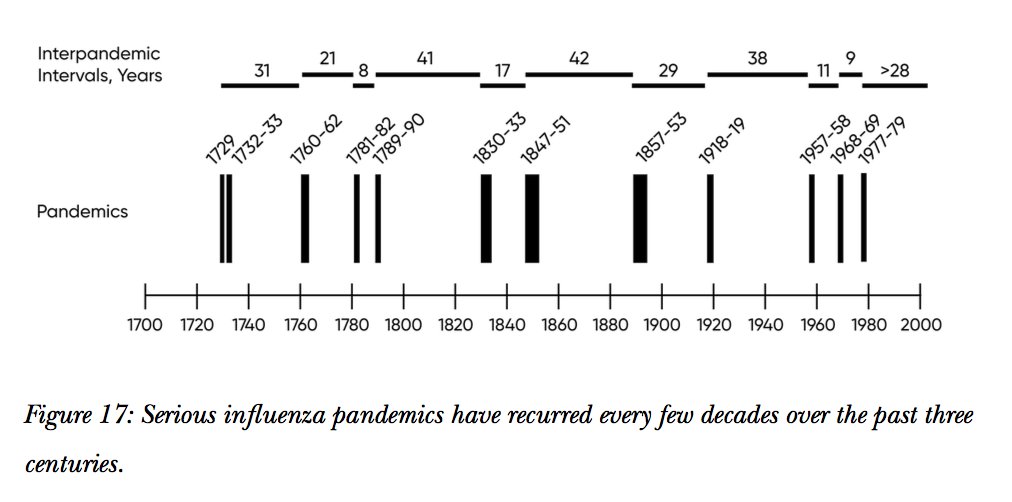
Many viruses have much higher CFR’s than SARS-CoV-2 (as do other pathogens). en.wikipedia.org/wiki/List_of_h… 13/ 
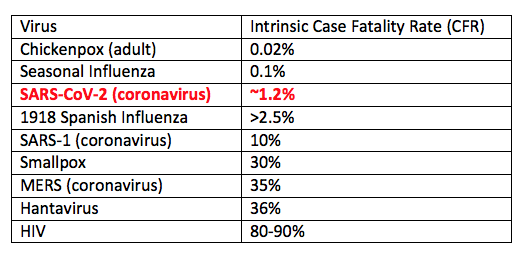
It is truly scary to imagine what it would have been like if SARS-CoV-2 had been deadlier. The other recent epidemics with novel coronaviruses (SARS in 2003, MERS in 2012) have indeed been deadlier; but they had much more limited spread for various epidemiological reasons. 14/
The coronavirus SARS-1 was 10 times deadlier on a CFR basis (though the story is more subtle than that (as discussed in economist.com/by-invitation/… , and see also in Chapter 2 of #APOLLOSARROW). And the coronavirus MERS was 30 times deadlier. 15/
In fact, in some ways, the relative *mildness* of COVID-19 has made it harder to address. Many people do not take it seriously enough. If the lethality had been higher and more consistent (like cholera, smallpox, or bubonic plague) we'd surely be taking it more seriously. 16/
In fact, if the disease simply had the 35% lethality of MERS (another recent novel coronavirus) and the transmissibility and attack rate of SARS-CoV-2, we would be facing a worldwide situation almost as bad as the bubonic plague of the Medieval period. 17/
And it is always tempting for political leaders and citizens to deny such facts. Indeed, as shown in APOLLO’S ARROW, denial is such a constant feature of the epidemics of the past few thousand years that we might even think of denial as an essential aspect of an epidemic. 18/
So we should consider ourselves lucky, in fact, that COVID-19 is not much, much worse. It could have been. 19/
The history, present, and ultimate end of the COVID-19 pandemic are described in my book, APOLLO’S ARROW: THE PROFOUND AND ENDURING IMPACT OF CORONAVIRUS ON THE WAY WE LIVE, published by @littlebrown on October 27, 2020. amazon.com/Apollos-Arrow-… 20/
• • •
Missing some Tweet in this thread? You can try to
force a refresh

